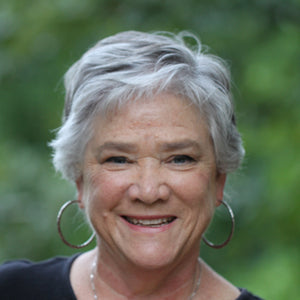The Wall that Freed Boston
The Setting
The American Revolutionary War era was a hard time to be alive.
British soldiers forced people to house and feed them, heavy taxes were levied by a far off power, and homes were at constant risk of raids and stray cannon fire. All of that suffering was horrible enough without even mentioning the fighting itself. Thousands of men from both the Continental army and the British army lost their lives in the struggle. Everyone had it pretty rough back then, but Boston especially had fallen on hard times.
Since before the war itself had even begun, the British government had placed Boston under siege. The hardy people of Boston were patriots to their very cores. They had felt the oppression of British rule in such impositions as the famous Stamp Act and Tea Act, and they refused to stay silent.
Their protests led to the infamous Boston Massacre and culminated in the Boston Tea Party. The British crown viewed these demonstrations by the disgruntled colonists as acts of unruly defiance and would not let them go unpunished. King George III ordered the closing of Boston’s port (its main source of income, trade, and supplies) and sent British troops to occupy the city.
The king had hoped that his display of power would quell any thoughts of uprising among the American colonists, but he did not know what he had done. Indignation at the tyrannical treatment of their fellows stirred the hearts of the patriots to rise up and expel the British forces, and maybe even the entirety of British rule while they were at it.
The Problem
Enter George Washington, for this is where the story really begins. Boston had been suffering under occupation for eight years and was in dire need of a rescue. There were a few problems standing in the way, however.
First, British ships controlled Boston Harbor, making it impossible for a strike from the sea.
Second, high ground from which to obtain a better attack angle/ vantage point was scarce. The continental army had lost one of the main hills in the area in the early stages of the war during the Battle of Bunker Hill. Many continental soldiers and British regulars had fallen in the struggle, and no one was eager to attempt such a fight again.
Third, the American soldiers didn’t have enough gunpowder or cannons to launch a successful assault.
Fourth, and most importantly, even if the American forces we able to claim a hill, they had no cover.
A few of those problems had obvious solutions. Washington sent Colonel Henry Knox to conquer Fort Ticonderoga and claim its cannons. Once the colonel had liberated the cannons, Washington had most of them sent to strategic places all around Boston. The rest, he wished to install in Dorchester Heights, but there was yet another problem in his way: the hill had no cover.
To address this issue, Washington sent for his chief engineer, Rufus Putnam, who was to play a crucial role in the plan. After being tasked with designing a wall to protect the soldiers, Putnam went off to puzzle out this tricky problem. Winter had long since come, and the ground was frozen solid, rendering shovels useless. The wall thus needed to be built without a foundation, but how?
While he pondered this question, Putnam visited a fellow officer and discovered an unfamiliar book on his friend’s desk: The Attack and Defense of Fortified Places by British engineer John Muller.
The colonel was reluctant to lend the book, but Putnam managed to convince him. Upon reading the book, Putnam discovered the plans for a French invention called a chandelier. It was a movable barricade made from a wooden frame filled with bundles of sticks. He had found his wall. Now all he had to do was build it.
It seemed like an impossible task! Could it even be done?
Interesting Facts About Putnam

He was born in Massachusetts and lost his father by the age of seven. At that point, he was apprenticed to a millwright, from whom he learned about caring for machinery. At nineteen, he joined the army as a surveyor. He fought in the French and Indian War to help defend British control of North America. Later, he joined the continental army and helped liberate Boston and defend New York City.

While Washington worked to order the new nation, Putnam strove to create a corps of engineers, because he of all people knew how vital an engineer could be in war. After the war ended, Putnam helped establish the first European-American towns in the Northwest Territory and became a judge in Ohio. He was later named the surveyor-general of the United States of America. His work remains an integral, yet not well known part of American history.




